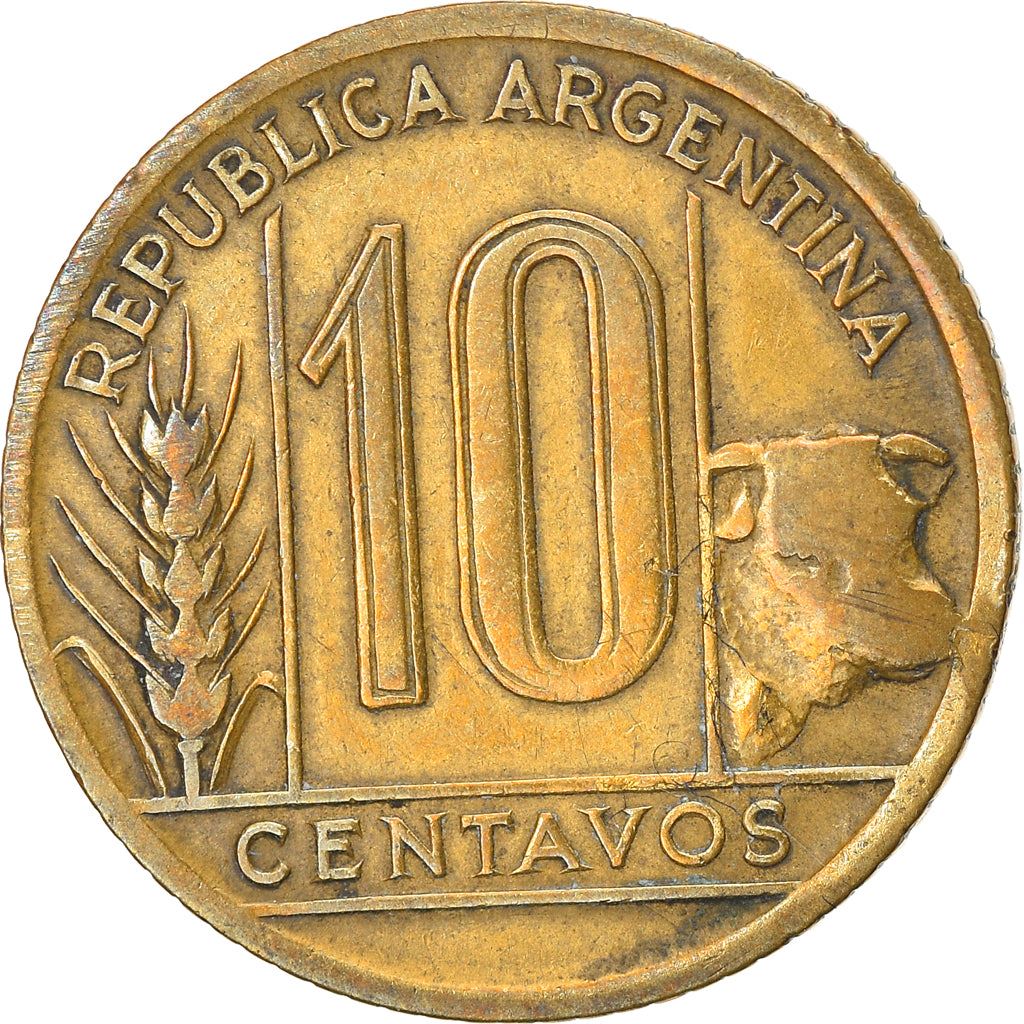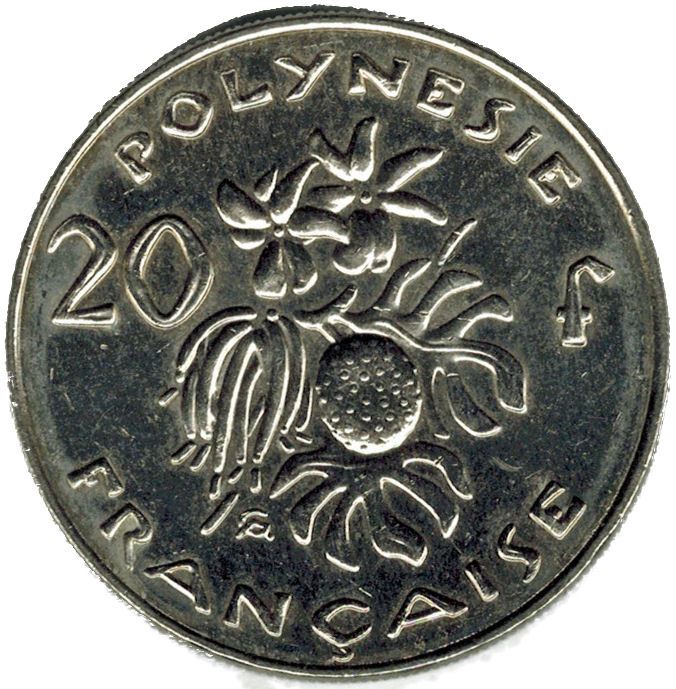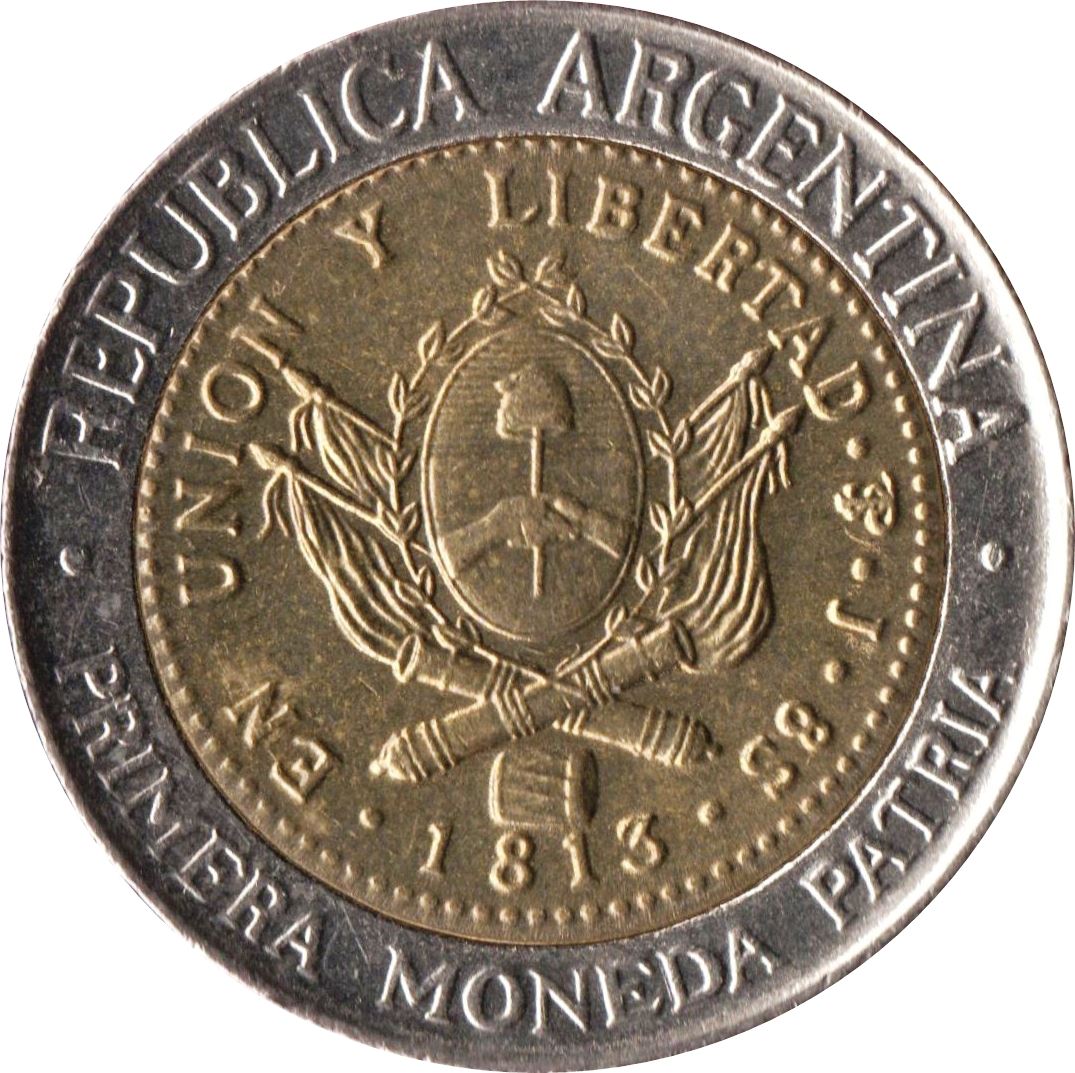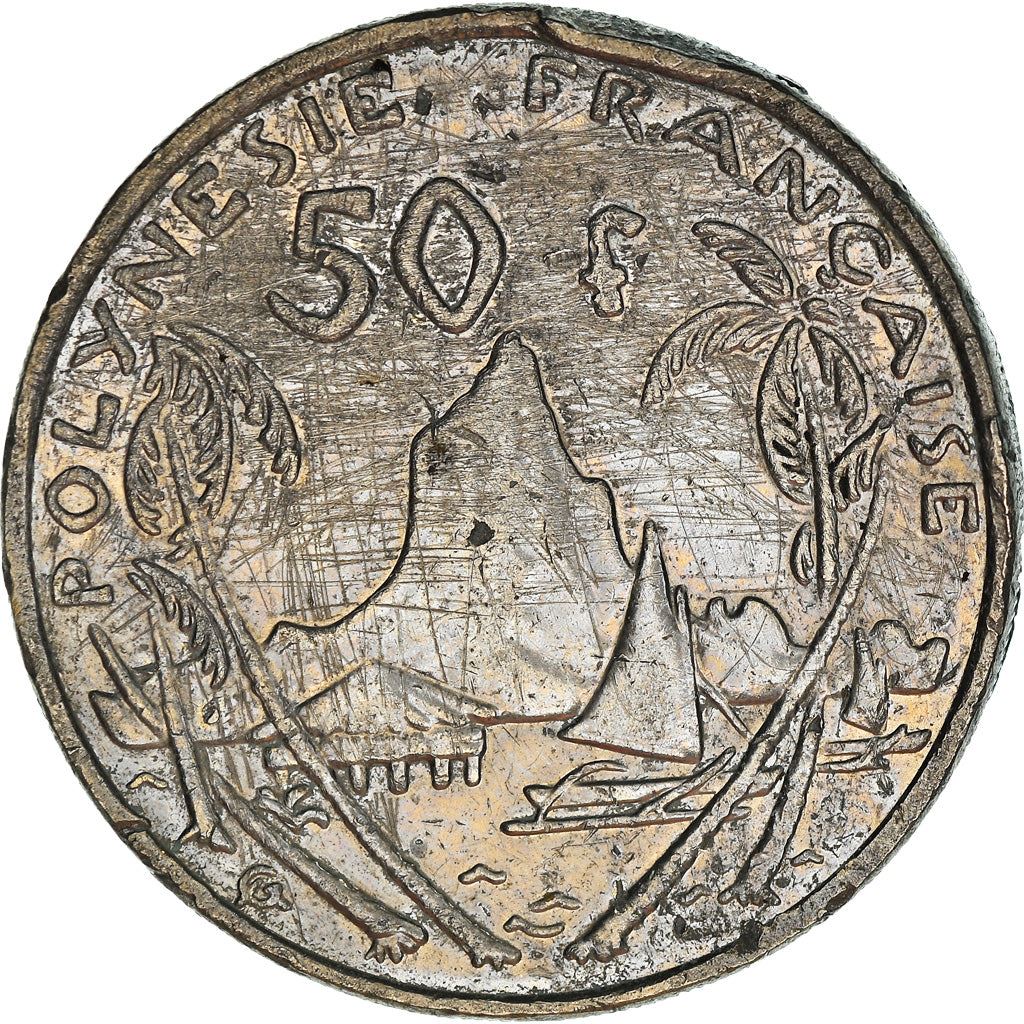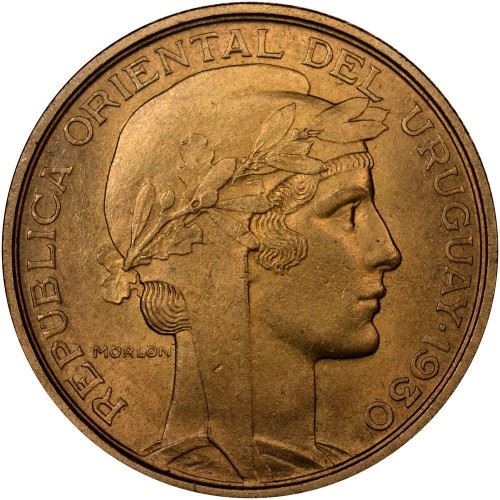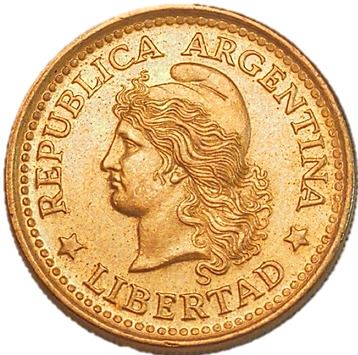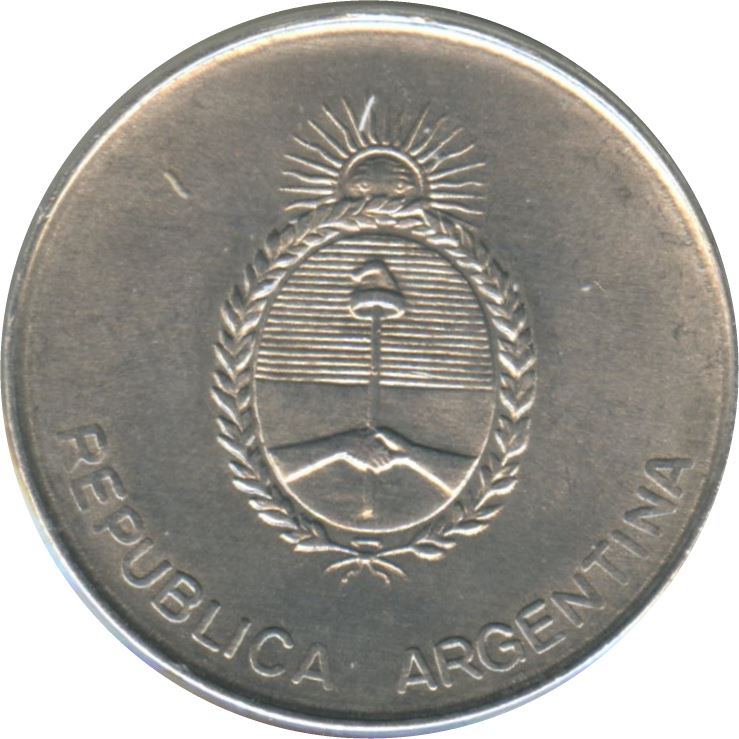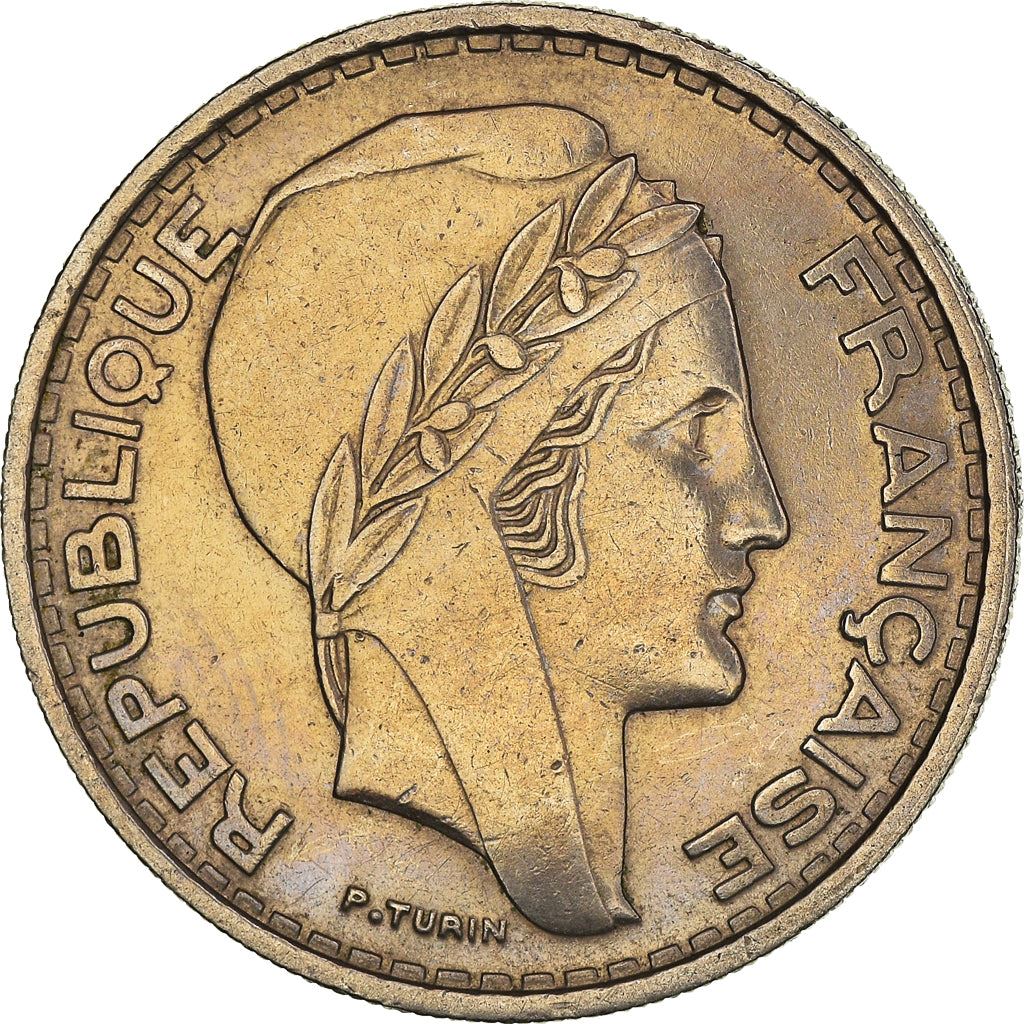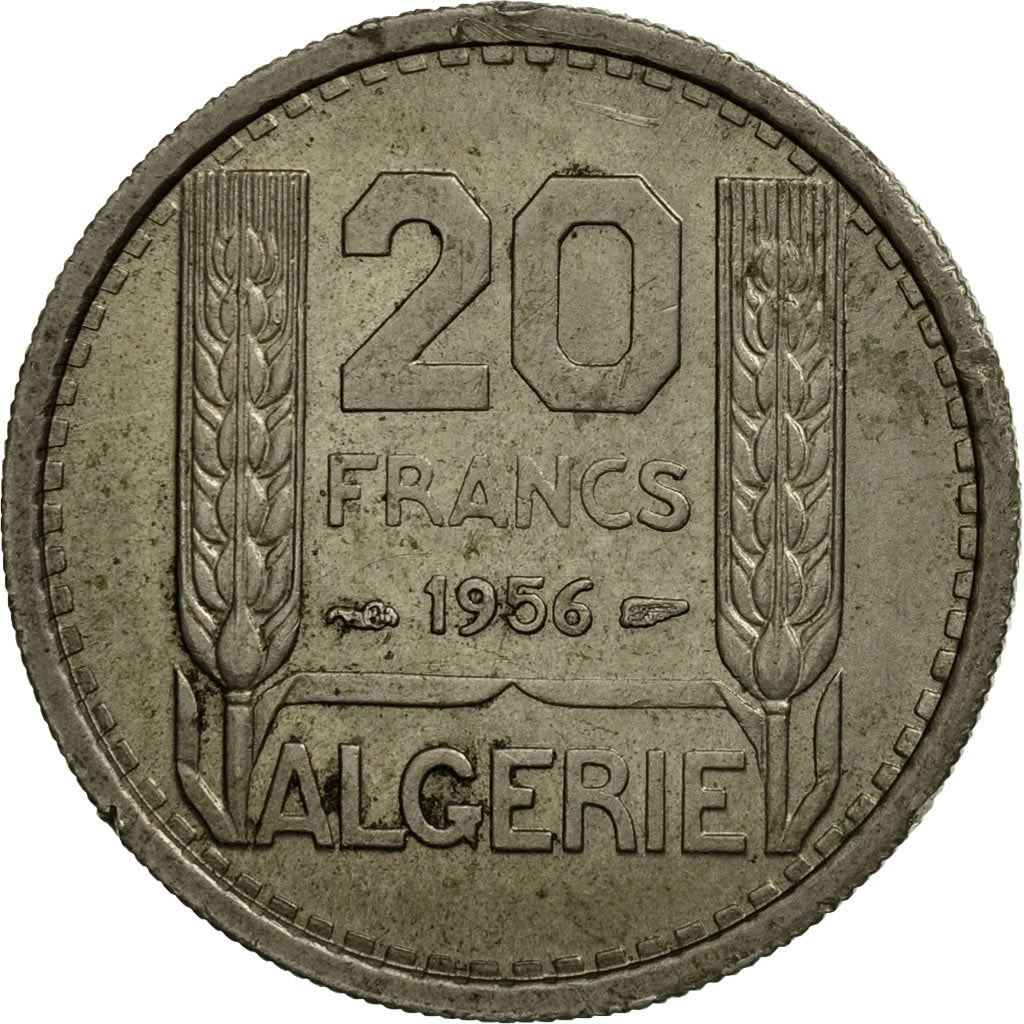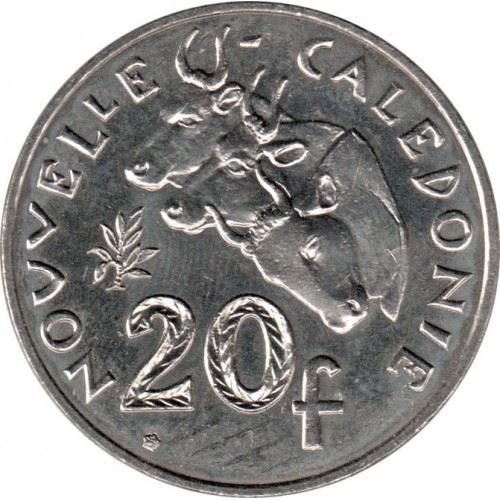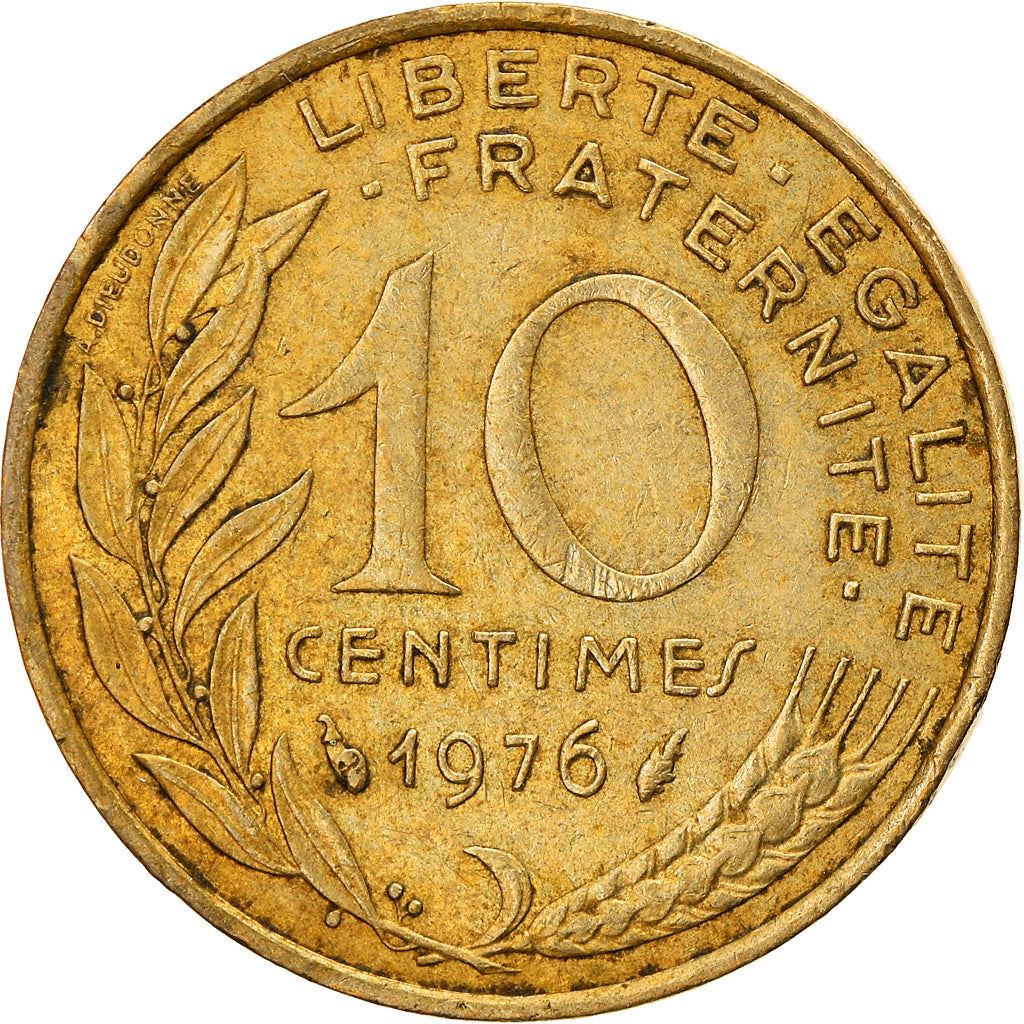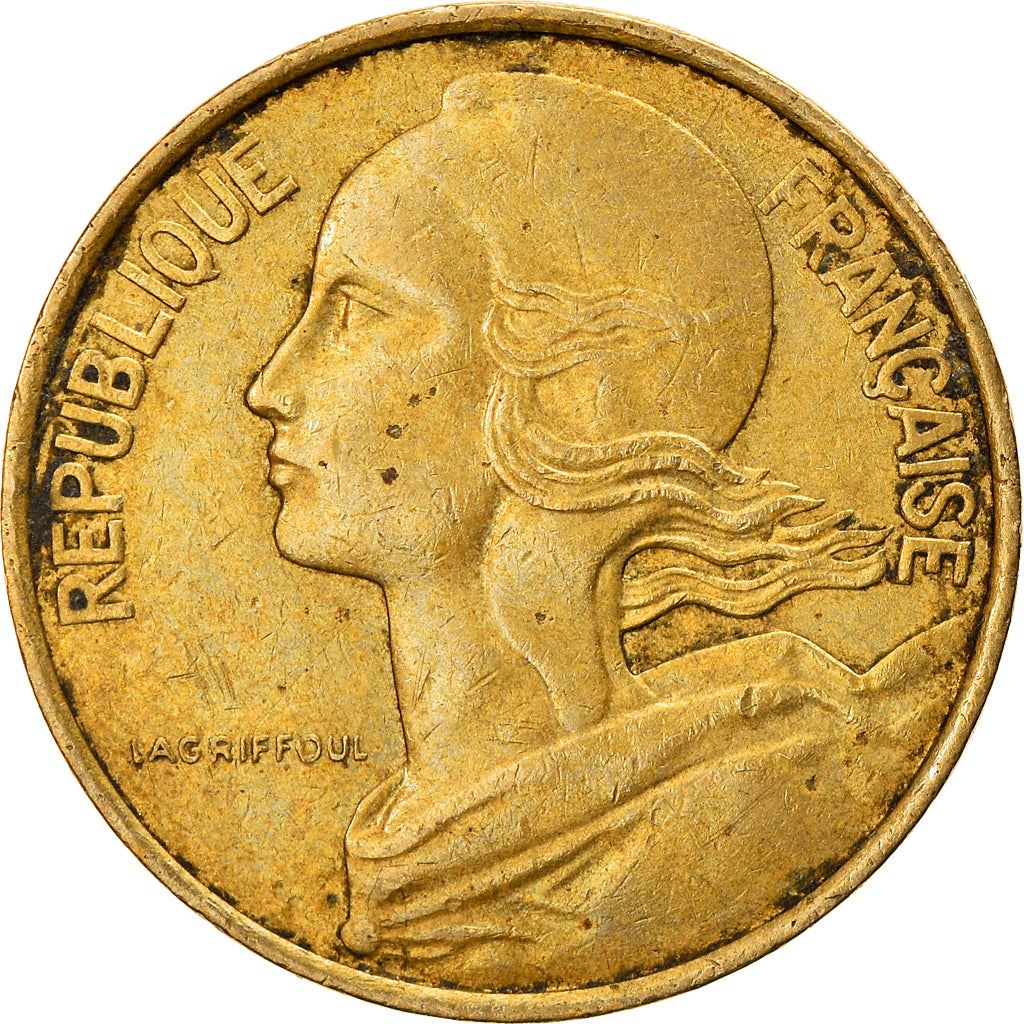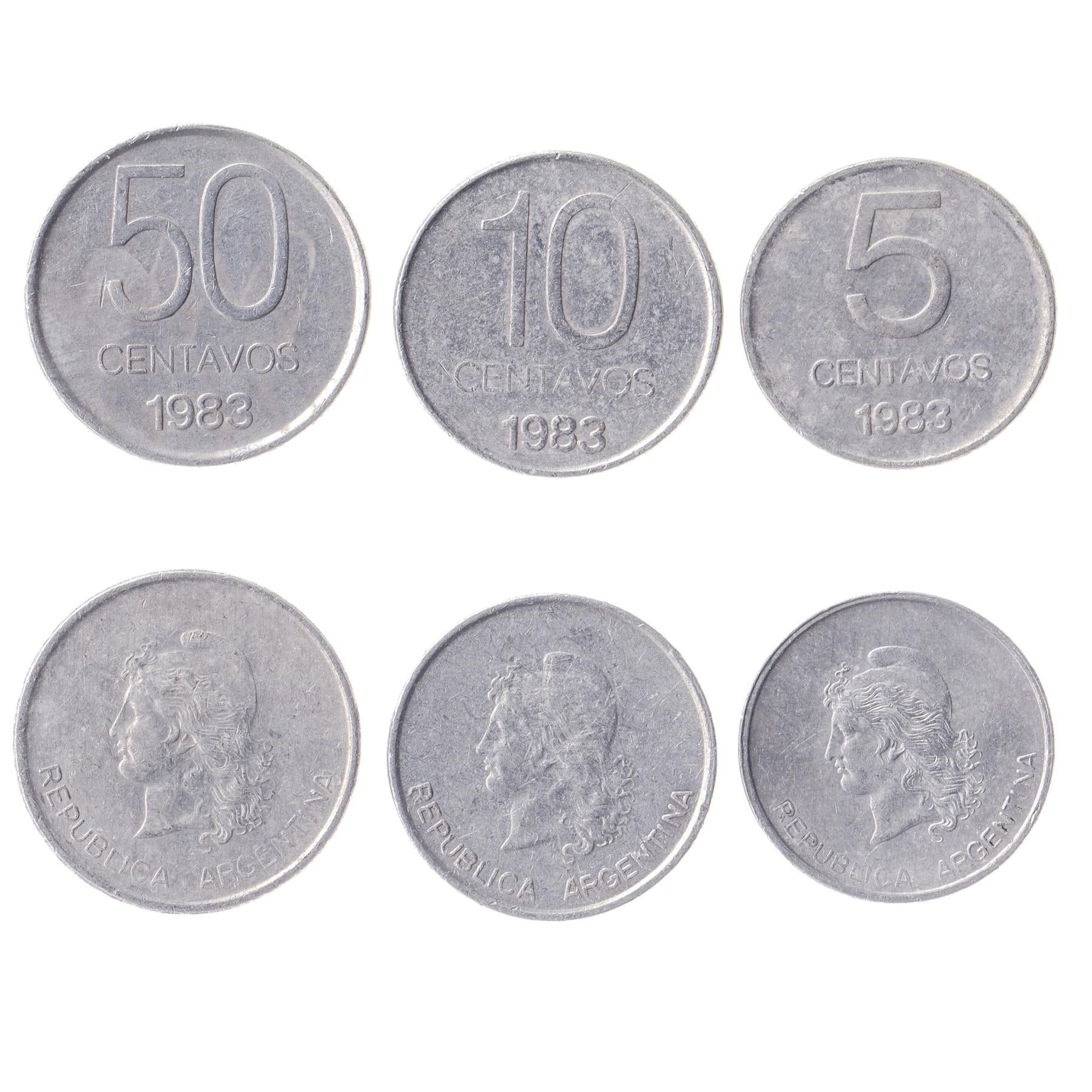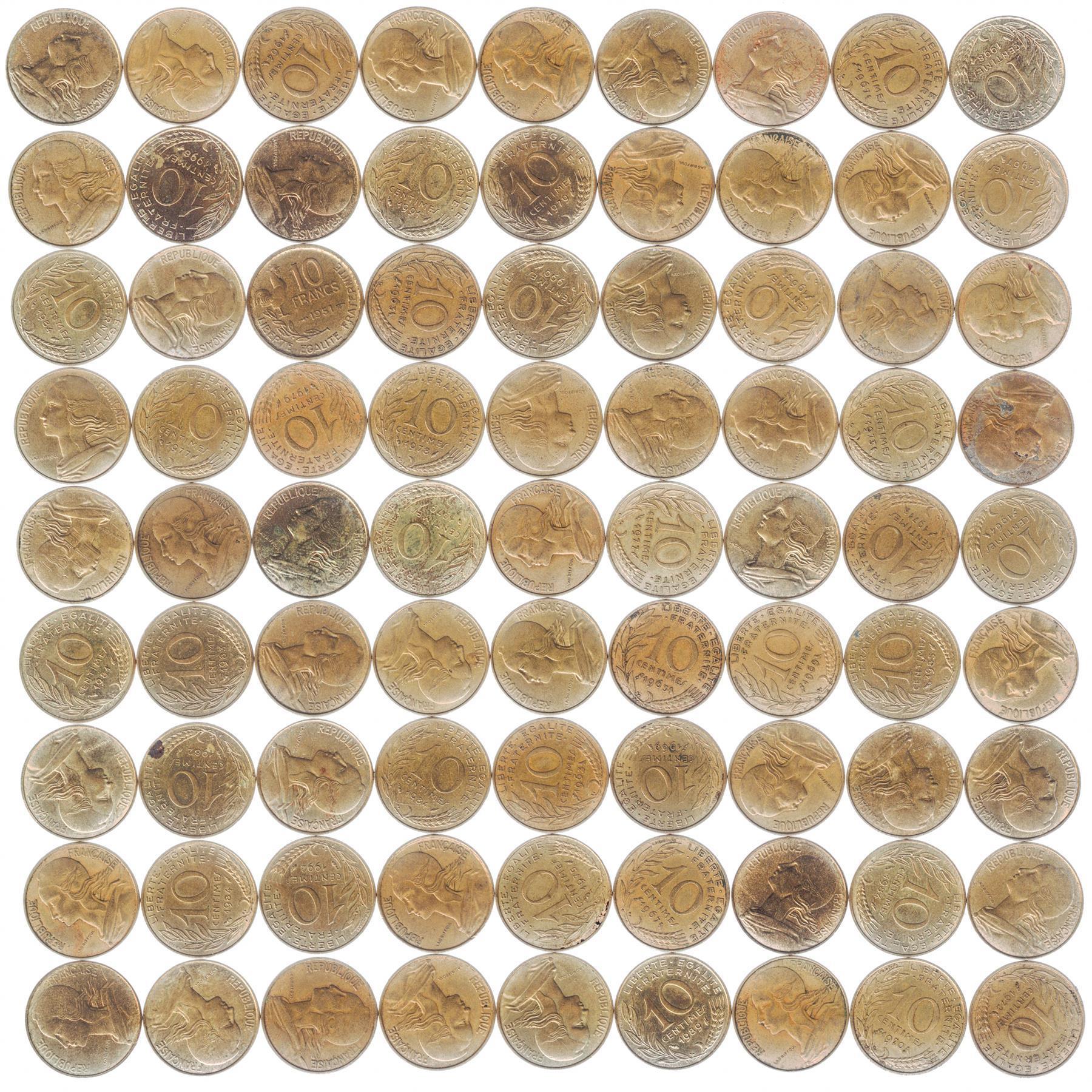Main menu
-
-
-
- Algeria (36)
- Botswana (31)
- Egypt (140)
- Ethiopia (17)
- Ghana (34)
- Kenya (52)
- Libya (7)
- Mauritius (23)
- Malawi (27)
- Morocco (39)
- Namibia (8)
- Nigeria (23)
- Tanzania (17)
- Tunisia (29)
- Sierra Leone (8)
- Seychelles (41)
- South Africa (247)
- Swaziland/Eswatini (22)
- Uganda (34)
- Zambia (24)
- Zimbabwe (15)
- Western African States (8)
-
- Afghanistan (20)
- Armenia (9)
- Azerbaijan (7)
- Bahrain (29)
- British Ceylon (0)
- China (26)
- Cyprus (44)
- Georgia (11)
- Hong Kong (62)
- Iran (26)
- Iraq (12)
- Israel (59)
- India (283)
- Indonesia (47)
- Japan (24)
- Kazakhstan (35)
- Kuwait (20)
- Lebanon (32)
- Macau (6)
- Malaysia (31)
- Maldives (20)
- Malaya and British Borneo (1)
- Nepal (85)
- North Korea (16)
- Oman (142)
- Pakistan (60)
- Philippines (89)
- Saudi Arabia (38)
- Singapore (35)
- South Korea (19)
- Sri Lanka (80)
- Syria (2)
- Taiwan (25)
- Thailand (117)
- United Arab Emirates (29)
- Vietnam (11)
- Qatar (23)
-
- Albania (28)
- Austria (49)
- Belarus (4)
- Belgium (99)
- Bulgaria (84)
- Bosnia and Herzegovina (2)
- Croatia (26)
- Czech Republic (10)
- Czechoslovakia (65)
- Estonia (13)
- Denmark (104)
- France (156)
- Finland (59)
- Germany (283)
- West Germany (13)
- East Germany (23)
- German Reich (32)
- Nazi Germany (17)
- Greece (89)
- Guernsey (45)
- Hungary (87)
- Iceland (48)
- Ireland (29)
- Italy (86)
- Jersey (56)
- Kingdom of Prussia (1)
- Poland (155)
- Latvia (23)
- Lithuania (21)
- Luxembourg (32)
- Malta (26)
- Moldova (4)
- Netherlands (74)
- North Macedonia (10)
- Norway (65)
- Portugal (52)
- Russian Federation (9)
- Russian Empire (4)
- Romania (88)
- Serbia (17)
- Sweden (97)
- Spain (141)
- Slovenia (15)
- Slovakia (9)
- Soviet Union (70)
- Switzerland (40)
- Turkey (105)
- United Kingdom (295)
- Ukraine (29)
- Yugoslavia (92)
-
- Aruba (10)
- Bahamas (18)
- Barbados (20)
- Belize (16)
- Bermuda (25)
- Cayman Islands (20)
- Canada (140)
- Cuba (59)
- Costa Rica (67)
- Dominican Republic (31)
- Eastern Caribbean States (28)
- Guatemala (3)
- Honduras (10)
- Jamaica (35)
- Mexico (80)
- Netherland Antilles (22)
- Nicaragua (50)
- Panama (60)
- Trinidad & Tobago (20)
- United States (214)
-
- Banknotes (145)
- Currency supplies (18)
- Berlin wall (1)
- Postage stamps (21)
Phrygian Cap
92 products
Showing 1 - 48 of 92 products
The Phrygian Cap, also known as the liberty cap, is a symbol of freedom and the pursuit of liberty, deeply associated with revolutionary movements and the struggle for independence. Its depiction on coins signifies these values and serves as a powerful reminder of the ideals of liberty and resistance against oppression.
Historical Significance
-
Ancient Origins:
- The Phrygian cap originates from Phrygia, a region in ancient Anatolia. It was originally a soft, conical cap with the top pulled forward, worn by freed slaves in Roman times to symbolize their liberation from servitude.
-
Revolutionary Symbol:
- The cap became a symbol of freedom and the pursuit of liberty during the French Revolution (1789-1799). Revolutionaries adopted the Phrygian cap, or "bonnet rouge," as a symbol of their fight against tyranny and their desire for equality and fraternity. It came to represent the overthrow of oppressive regimes and the establishment of republican ideals.
- In the United States, the cap is also associated with the American Revolution, symbolizing the colonies' quest for independence from British rule. It appeared in various forms of iconography and currency to highlight the new nation's commitment to liberty.
Symbolism
-
Freedom and Liberty:
- The Phrygian cap symbolizes liberation from oppression, personal freedom, and the broader pursuit of liberty. It is an emblem of the universal struggle for human rights and democratic values.
-
Resistance and Revolution:
- The cap is often associated with resistance movements and revolutionary struggles. It represents the collective effort to overthrow tyranny and establish a just and equitable society.
Representation on Coins
-
French Coins:
- During and after the French Revolution, the Phrygian cap was prominently featured on French currency. It often appeared atop a pole (the "liberty pole"), symbolizing the people's victory over despotism.
- Coins like the French franc from the revolutionary period and later republics frequently depicted the cap, reinforcing the values of the Republic.
-
American Coins:
- In the early United States, the Phrygian cap was used on various coins to symbolize the nation's commitment to liberty. For example, early U.S. coinage, such as the Liberty Cap Half Cent and the Liberty Cap Large Cent, depicted the goddess Liberty wearing a Phrygian cap.
- The symbol continued to appear in various forms on American currency, emphasizing the ongoing commitment to the principles of freedom and democracy.
-
Other National and Commemorative Coins:
- The Phrygian cap has been used in the coinage of other nations as well, particularly those undergoing revolutionary changes or seeking to emphasize their commitment to liberty and independence.
- Commemorative coins often use the symbol to celebrate significant anniversaries of independence or to honor the contributions of freedom fighters and revolutionaries.
Design Elements
-
Artistic Representation:
- The Phrygian cap is typically depicted as a soft, conical hat with the peak falling forward. When shown on coins, it is often accompanied by other symbols of liberty such as the liberty pole, the torch of freedom, or the broken chains of servitude.
- The design is usually simple yet powerful, emphasizing the universal appeal of the symbol.
-
Complementary Symbols:
- Coins featuring the Phrygian cap may also include other emblems of freedom and resistance, such as olive branches (peace), eagles (strength and vigilance), and stars (unity and aspiration).
Examples of Phrygian Cap on Coins
-
French Revolution Coinage:
- French coins from the revolutionary period prominently feature the Phrygian cap, often accompanied by other revolutionary symbols like the tricolor cockade and liberty trees.
-
Early U.S. Coinage:
- Early American coins, such as the Liberty Cap Half Cent (1793-1797) and the Liberty Cap Large Cent (1793-1796), depicted Liberty wearing the Phrygian cap, symbolizing the newly established nation's embrace of freedom.
-
Modern Commemorative Coins:
- Modern commemorative coins celebrating significant historical events or anniversaries related to liberty and independence may feature the Phrygian cap, reinforcing its enduring relevance as a symbol of freedom.
Conclusion
The Phrygian cap is a powerful emblem of liberty, freedom, and revolutionary spirit. Its depiction on coins serves as a poignant reminder of the struggles and aspirations of those who have fought for independence and human rights. Whether on historical currency or modern commemorative issues, the Phrygian cap continues to symbolize the enduring quest for liberty and justice.





